VS1 Diamonds – Are They Good Enough For Rings?
Stunning engagement rings with VS1 clarity super ideal cut diamonds from White Flash.
For people who are on a budget and are conscious about clarity, VS1 diamonds are great options to consider when shopping for diamond jewelry. The VS1 grade provides good value for money and lies in a sweet spot on the clarity scale with very minor inclusions that are not visible to the naked eye.
What Does VS1 Diamond Clarity Mean?
By definition, VS1 is an abbreviation for Very Slightly Included. Diamonds in this clarity grade have inclusions which are very minute and somewhat difficult for a skilled grader to see under 10X magnification.
Examples of commonly found inclusions within this grade include very small feathers, clouds, white pinpoints and small indented naturals. If you are a layperson, you will not be able to see any flaws without the use of a loupe or any magnification tools.
Check out these 2 examples of VS1 diamonds to get a better idea of what they look like. Also, feel free to click on the images to interact with the diamonds and scrutinize them under magnification.
VS1 vs VS2 Diamond Clarity – Which One Should You Choose
It really is a matter of personal preference and budget.
Obviously, a VS1 diamond is going to cost more than a VS2 diamond (about 10%). If you can’t afford the budget for a higher clarity grade, then it makes sense to get a VS2 diamond instead.
Typically, I would recommend people to buy VS1 diamonds if they are looking for larger stones ( >2 carats) or step cuts (emerald/asscher shapes).
When it comes to clarity, brilliant cutting styles like the round cut are more forgiving. Due to the way the facets scintillate and disperse light, the sparkle from a round diamond will help mask inclusions.
In contrast, step cuts generally cannot achieve the same level of optical performance compared to round diamonds. This is the reason why inclusions in step cuts are easier to spot; much like peering into an open window.
And as we go higher in carat size, inclusions become more obvious as the relative facet size increases.
For smaller sized diamonds (less than 2 carats), a VS1 and VS2 diamond will look just about the same and it will require a skilled eye and magnification aids to notice the differences.
To give you an idea of what they look like in real life, watch the following video comparison between a VS1 and VS2 diamond ring.
Are All VS1 Diamonds Eye Clean?
Strictly speaking from a technical perspective, not all VS1 diamonds are eye clean.
It depends on who performed the grading and how strict their standards are. For example, if the diamond has been graded by EGL (who are notorious for their lax standards) or some dubious in-house laboratory as a VS1, you won’t know what you are getting exactly.
Chances are, this same diamond would probably be graded as an SI1 by GIA/AGS.
If a diamond had been graded by reliable labs like AGS or GIA as a VS1, I can assure you that the diamond will be eye-clean. In fact, I had never seen any VS1 diamonds that have visible inclusions to the unaided eye.
When shopping for diamonds, the reliability and origin of grading reports are very important factors since they offer you an assurance of what you are buying. Don’t get suckered into “awesome deals” that involve purchasing diamonds with dubious certifications.
As a consumer, you should only buy diamonds graded by GIA or AGS.
Bottomline: Should You Buy a VS1 Diamond?
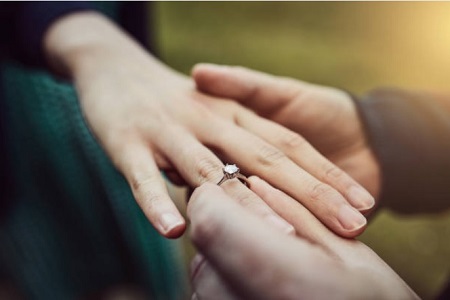
VS1 diamonds are safe choices for engagement rings and diamond jewelry. They are eyeclean and offer an affordable option for shoppers who want peace of mind when it comes to diamond clarity.
At the end of the day, it really boils down to your personal preferences and what you like.
In general, I would recommend the VS1 clarity grade if you are buying a large size diamond (bigger than 2 carat) or a step cut diamond like an emerald or asscher cut where inclusions tend to be more pronounced.
With that, I hope this write up has given you useful insights into the VS1 diamond clarity grade. Now I want to hear from you. Would you buy a VS1 diamond? Or would you choose to spend more for a higher clarity diamond or try to save money with a lower grade diamond?
Do leave a comment below to let me know your thoughts!
Related Articles
Leave A Comment

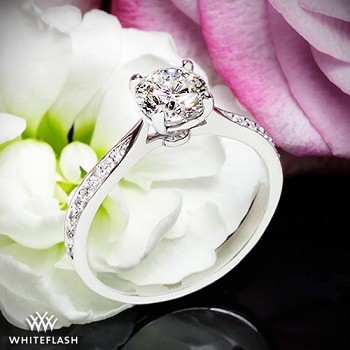
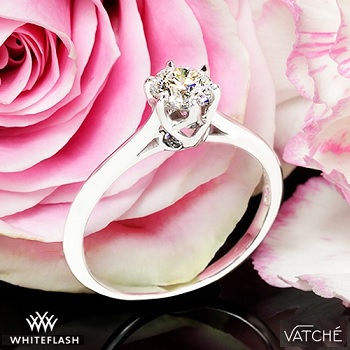
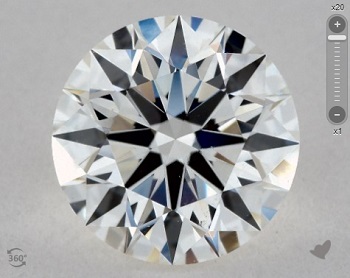
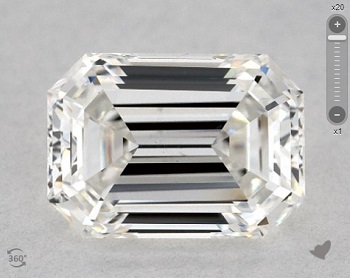
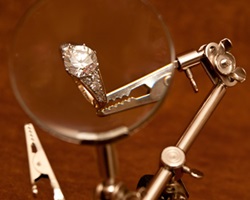

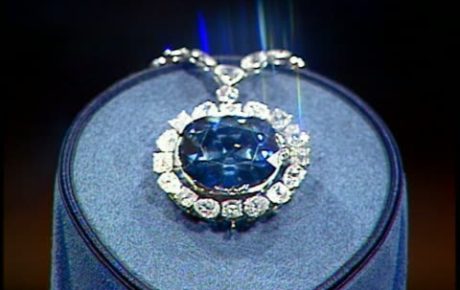
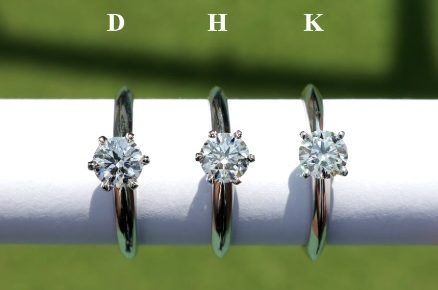









4 Comments
First let me thank you for your website. I am a complete novice when it comes to buying jewelry, but after reading through a huge amount of your website, I feel like I have a much better grasp on what I’m getting myself into.
Background:
I’m shopping for an engagement ring for my girlfriend. We live in NYC and have been to every obvious shop and many boutiques. The design she’s been most into is the Graff promise setting in either an Asscher or Cushion as the center stone.
My budget is flexible but in the mid 20s is comfortable and 30k is close to top end. We would like to be in the range of 2k on the center stone.
Now here’s the rub… Graff wants $58k for a 2.01 D VS1 Cushion (list of $71) or $48k for a 2.06 G VS1 Asscher…
Obviously those are absurd, and from your site I’ve learned enough to know that I can get a similar diamond for ~$20k….
But when I was at Graff the salesman (who was great) mentioned the way in which the Cushion was cut… I didn’t realize that Cushion’s (as reflected on the GIA cert) are sometimes cut, or channeled, differently on the bottom.
At any rate, I have 3 questions if I can trouble you a bit longer:
1) Is there a preferred cut type for Cushions? Some have a bottom like the Rounds with 8 lines (on the GIA cert it looks like the Round ones)… some have 4 points, and others are totally different…. does it matter if the cuts extend to the girdle? I hope I’m explaining this properly.
2) Do you know of any high-end jewelers that will work with stones purchased elsewhere — or any jewelers that do a good facsimile of the Graff style bands?
3) Any thoughts on a nice Cushion v Asscher?
Many thanks for your help and again for your time in putting together the depth of information you’ve done for folks like myself — it’s a huge help!
1) I wouldn’t worry too much about the cutting style and would only care about the face up appearance of the diamond. Basically, the more facets the diamond has, the more likely it will result in a crushed ice appearance.
2) The perceived high end jewelers won’t work with diamonds purchased elsewhere. You are going to pay a huge brand premium for their pieces and in truth, they don’t really offer as good a level of craftsmanship as most people think when you look at details critically. I recommend you check out https://beyond4cs.com/go/ja/ and buy the diamond from the same vendor who’s going to set it. Trust me, it’s going to relieve a lot of stress for looking at them separately and it makes one jeweler completely responsible from start to finish.
3) One is a step cut while the other is a brilliant cut. It’s really up to personal preferences.
I read a few of your diamond articles and they are very informative.
I am looking for round diamonds. I have a few questions:
1.) I want a clear diamond with maximum sparkle. Is faint fluorescence ok or should I avoid fluorescence completely? I read that fluorescence can sometimes cause haziness in diamonds under certain lighting conditions including sunlight.
2.) Are VS1 diamonds always eye-clean? Should I go better than VS1 to be safe? Should I buy a VS1 diamond certified by GIA?
3.) Should I avoid any diamond with feathers near the girdle as they may pose a durability risk?
1) Fluorescence is PERFECLTY fine. At faint to medium fluorescence, I’ve never seen a single stone that causes issues with haziness due to fluorescence.
2) Yes. I can confidently say that 99.9% of VS1 diamonds will be eyeclean. You can even go down to VS2 or SI depending on the carat size of diamond you are getting. It really depends on your own threshold and it is largely in the mind. If you don’t mind paying more for a diamond with high clarity grade that your eyes can’t see, by all means, go ahead. Just understand that a VS1 diamond would look identical to a lower clarity grade diamond that is well selected for eyecleanliness. You can find better value for money in lower clarity ranges if you put in the extra work to search for diamonds the right way.
3) Nope, it isn’t necessary. Unless you are looking at I1 or I2s, feathers don’t usually cause durability issues EVEN IF they are near the girdles. That’s because GIA has already accounted for the stone’s durability when grading clarity.
Read this: https://beyond4cs.com/best-place-to-buy-engagement-ring/